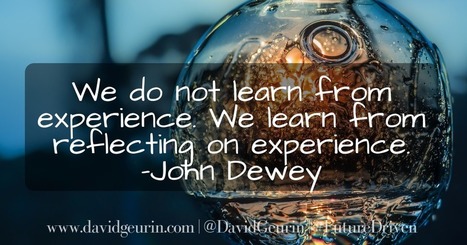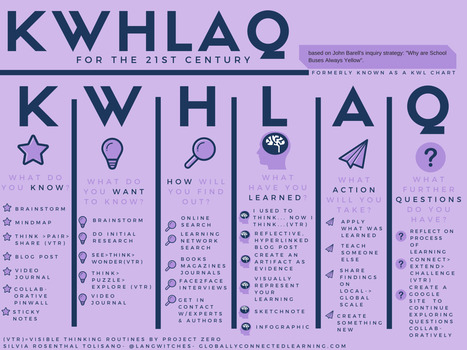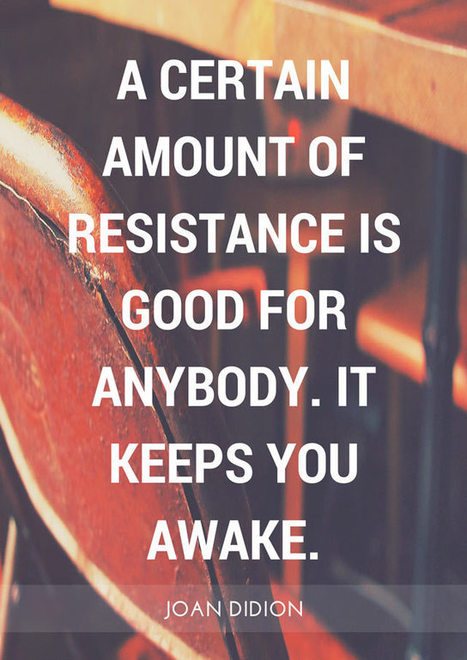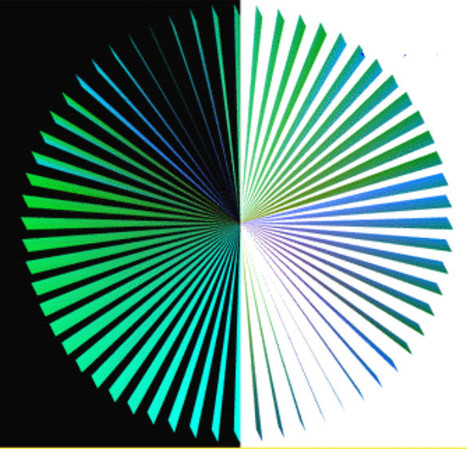Reflection is important for growth. But we have to be intentional about it. Our reflection is meaningless unless we do something with it. It has to change us. Or, it has to help us change directions. Effective people are reflective people.
Via Tom D'Amico (@TDOttawa) , june holley



 Your new post is loading...
Your new post is loading...














